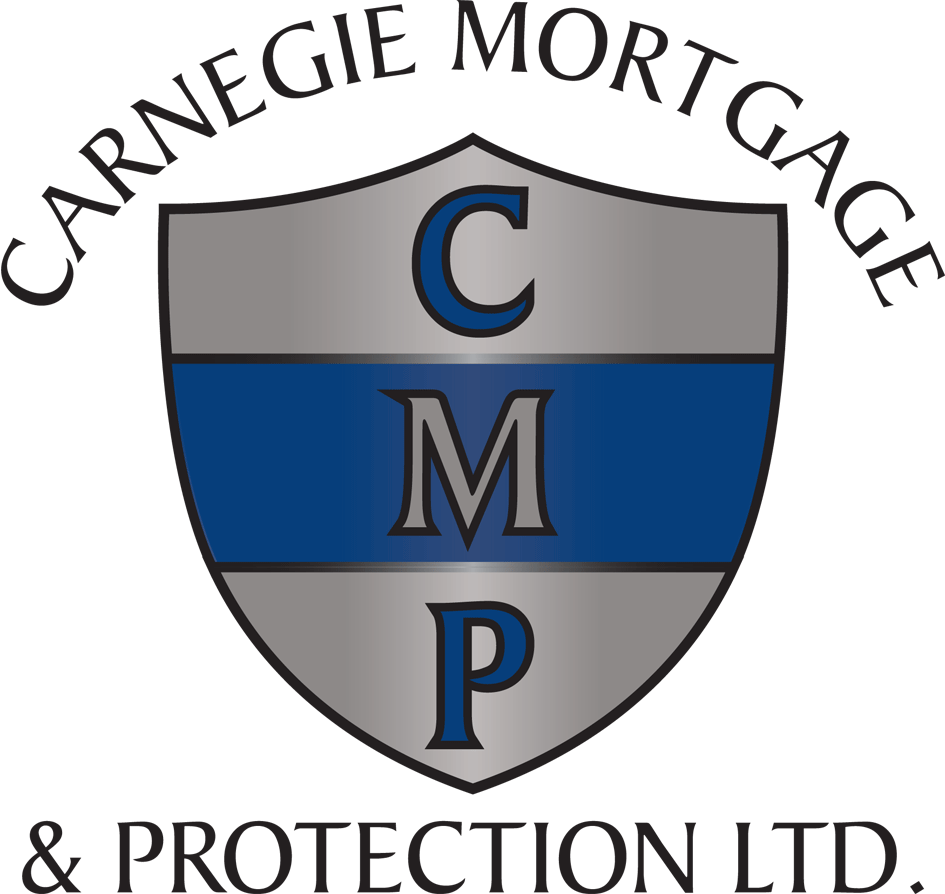Tracker Mortgages
A tracker mortgage is a home loan where the base rate that a borrower pays is linked to a specified index, normally the Bank of England’s (BoE) base rate of interest. In this instance, whenever the base rate changes, so does the tracker’s interest rate and the borrower’s monthly repayment. With this in mind, tracker mortgages are known as ‘variable rate’ mortgages.
When the base rate of interest is low, the borrower’s monthly repayment might be less than it would be on a different type of mortgage, such as a fixed rate or standard variable rate mortgage. But when interest rates are high, the interest is at the higher scale. And as the rate is likely to vary, the borrower can never be sure exactly when or whether their monthly repayment may change. Therefore, they need to consider all their lending options to familiarise themselves with them.
Although the rate of interest on a tracker mortgage is linked to, for example, the BoE base rate, the actual interest rate charged on the mortgage will be determined by the lender and will usually be higher than base rate (the ‘margin’) and usually expressed as ‘Base rate’ + ‘margin’. So if base rate is 2%, and the margin is 2%, the interest rate on a tracker mortgage will be 4%. If the base rate increases to 2.5%, the rate of interest will be 4.5% (2.5% base rates plus 2% ‘Margin’).
It is important to note that most ‘tracker’ rate mortgages have a minimum rate that will apply to the loan. For example, if loan tracking at Base rate + 2% and had a minimum rate of 3%, any reductions in the base rate below 1% would not result in a change in the rate the borrower was charged.
Although some tracker mortgages run for the life of the loan, most last for less than that and normally between 1 year and 5 years is not unusual.
Once the tracker arrangement finishes, most lenders will switch the mortgage to a standard variable rate of interest.
